PORTS
port of doha
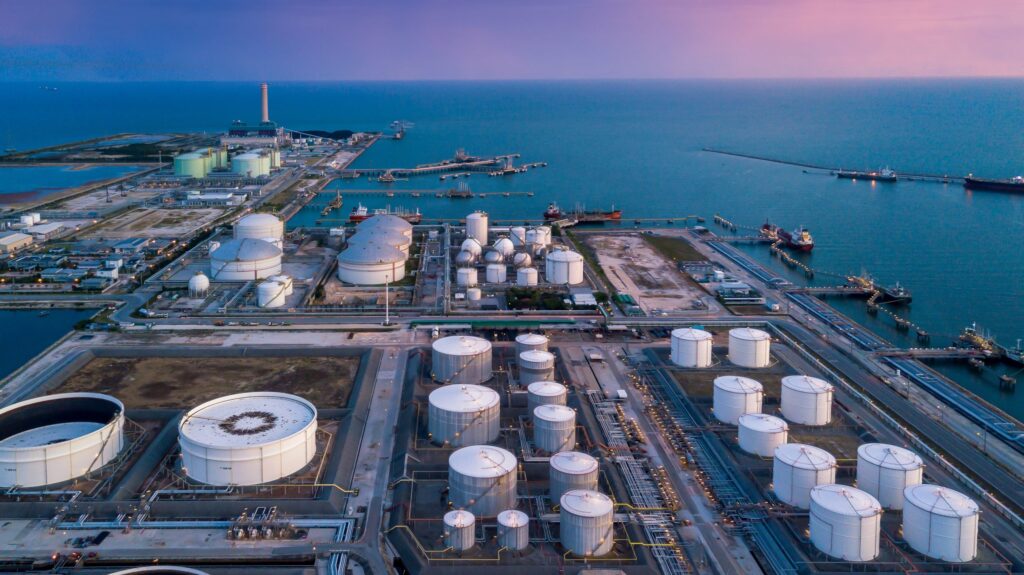
The Port of Doha, strategically located on the eastern coast of Qatar, serves as a vital artery for the nation’s economic development and international trade. This modern port facility boasts impressive infrastructure and operational capabilities, positioning it as a key player in the region’s maritime landscape.
Location: Situated approximately 3 kilometers south of Doha’s city center, the Port enjoys a prime location with direct access to the Arabian Gulf. Its proximity to major shipping routes facilitates efficient connectivity to global markets.
Capacity: The Port of Doha is designed to handle substantial cargo volumes. With a capacity exceeding 1 million twenty-foot equivalent units (TEUs) annually, it caters to a wide range of cargo types including containers, general cargo, bulk commodities, and vehicles. The port’s deepwater berths can accommodate large vessels, further enhancing its operational efficiency.
port of rotherdam
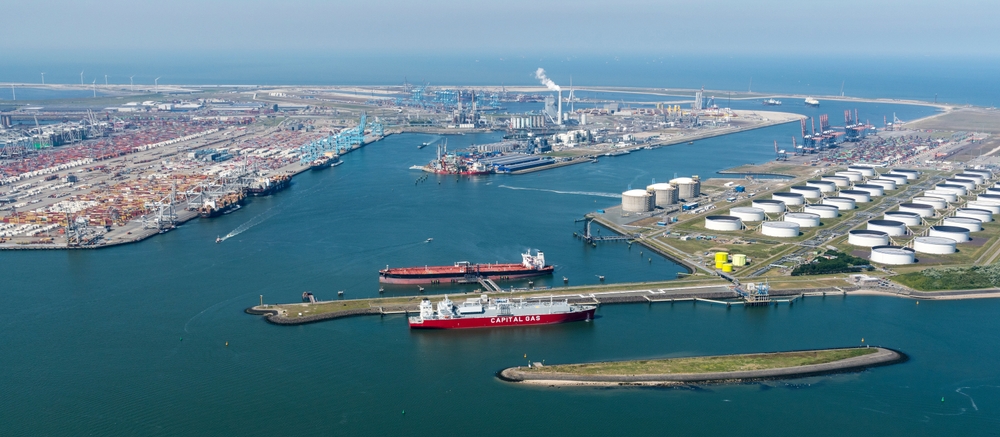
The Port of Rotterdam, located on the Rhine-Meuse delta in the Netherlands, is a testament to logistical prowess and global trade. As Europe’s largest seaport, it plays a crucial role in connecting continents, facilitating the movement of goods across borders, and driving economic growth.
Strategic Location: Rotterdam’s geographical advantage cannot be understated. Situated at the mouth of the Rhine River, it enjoys deep-water access capable of accommodating massive container ships. This allows for seamless transportation of cargo from inland Europe to international destinations. Furthermore, its proximity to major industrial hubs and a well-developed infrastructure network further enhances its efficiency and connectivity.
Unmatched Capacity: The Port of Rotterdam boasts impressive capacity figures that solidify its position as a global leader. With over 46 kilometers of quay walls and 100 deep-water berths, it can handle an astounding volume of cargo. In 2022 alone, the port processed approximately 470 million tonnes of goods, encompassing diverse categories such as oil products, containers, dry bulk, and RoRo (roll-on/roll-off) cargo.
port of jurong
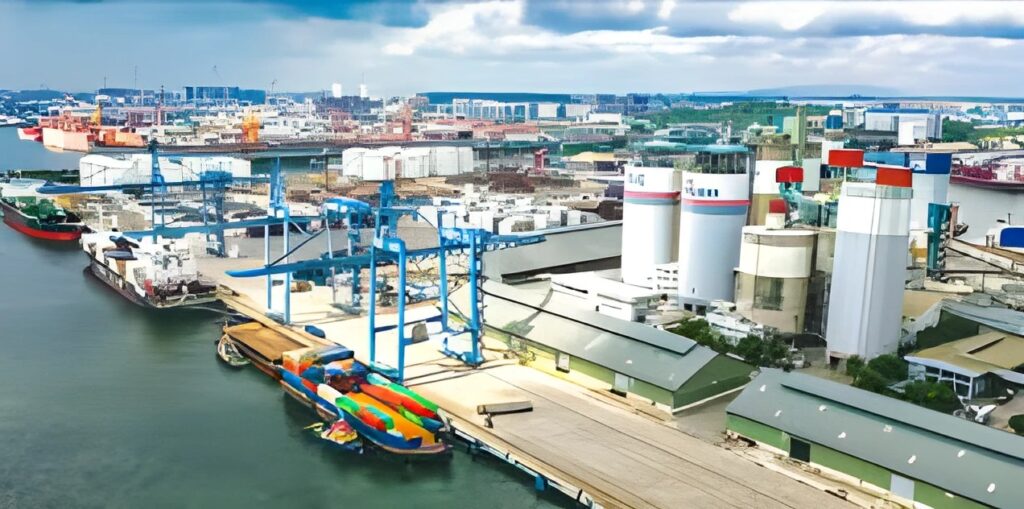
Nestled on the southwestern coast of Singapore, Jurong Port stands as a testament to the nation’s ambition in establishing itself as a global maritime powerhouse. As one of the world’s busiest container ports, it plays a crucial role in facilitating international trade and connecting businesses across the globe.
Strategically located at the mouth of the Jurong River, the port boasts an impressive capacity of handling up to 18 million TEUs (Twenty-foot Equivalent Units) annually. This remarkable throughput is facilitated by its state-of-the-art infrastructure, encompassing over 3 kilometers of berthing space and a deepwater channel capable of accommodating even the largest container vessels.
Jurong Port’s strategic location within Singapore offers distinct advantages. Its proximity to major shipping routes in the Malacca Strait ensures efficient cargo transit, while seamless connectivity to Singapore’s extensive road and rail networks enables swift inland transportation. Furthermore, the port’s close proximity to industrial zones and manufacturing hubs within Singapore streamlines supply chains and fosters economic growth.
port of ningbo
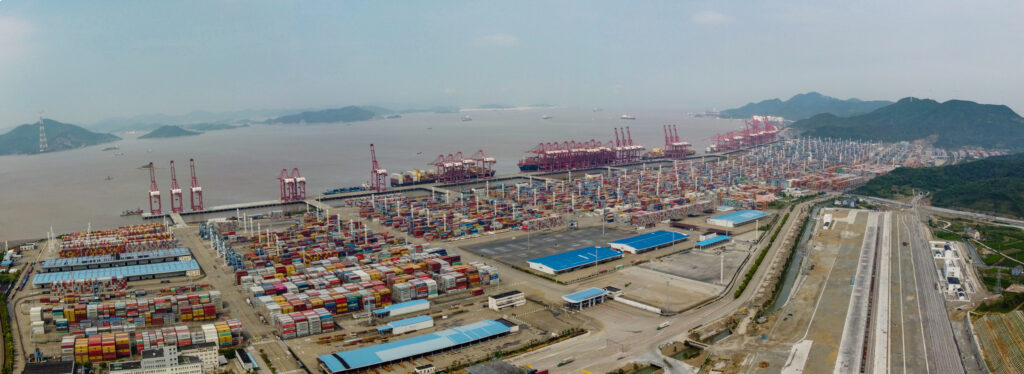
Ningbo-Zhoushan Port, located on the southeastern coast of China in Zhejiang province, is one of the world’s busiest container ports. Serving as a vital hub for international trade, it connects China with global markets, facilitating the flow of goods and contributing significantly to the nation’s economic growth.
Strategically situated on the Hangzhou Bay, Ningbo Port enjoys access to deepwater channels and sheltered harbors, allowing it to accommodate large vessels carrying substantial cargo volumes. Its geographic location places it in close proximity to major manufacturing centers in eastern China, making it an ideal gateway for exporting goods produced in these regions.
The port’s remarkable capacity is a testament to its modern infrastructure and efficient operations. With a throughput exceeding 30 million TEUs (twenty-foot equivalent units) annually, Ningbo Port ranks among the top five busiest container ports globally. Its expansive terminal facilities are equipped with state-of-the-art cranes, automated systems, and streamlined logistics processes, ensuring rapid handling of cargo and minimizing turnaround times for vessels.
Beyond container shipping, Ningbo Port handles a diverse range of cargo, including bulk commodities such as coal, iron ore, and grain, as well as automobiles, machinery, and other manufactured goods. This versatility makes it a crucial artery for China’s import and export activities, supporting industries across various sectors.
port of fujairah
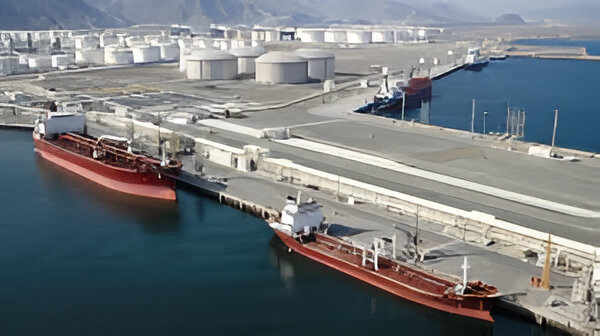
The Port of Fujairah, situated on the eastern coast of the United Arab Emirates (UAE), stands as a vital maritime gateway for trade and logistics in the region. Strategically located outside the Strait of Hormuz, it enjoys a unique advantage, offering safe passage for vessels navigating the busy shipping lanes connecting East and West.
This deep-water port boasts an impressive capacity to handle diverse cargo types, including bulk commodities like oil, gas, and minerals, as well as containerized goods and general cargo. With a robust infrastructure encompassing modern terminals, cranes, and storage facilities, Fujairah Port efficiently accommodates large vessels and ensures smooth cargo operations.
Capacity Highlights:
* Oil Bunkering: Fujairah is renowned as a leading bunkering hub, supplying fuel to ships traversing the Arabian Gulf and beyond. Its capacity exceeds 2 million cubic meters, catering to the needs of a vast fleet of tankers and commercial vessels.
* Container Handling: The port’s container terminal handles significant volumes annually, facilitating import and export activities for diverse industries in the UAE and neighboring countries.
Strategic Location Advantages:
* Bypass Route: Fujairah’s location outside the Strait of Hormuz provides a safe alternative route for shipping, mitigating geopolitical risks associated with the narrow strait.
* Connectivity: The port enjoys excellent connectivity to major trade routes, connecting the Arabian Gulf to destinations in Asia, Europe, and Africa.
* Free Zone Status: Fujairah Free Zone offers attractive incentives for businesses, including tax exemptions and streamlined regulations, further enhancing the port’s appeal for international investors and traders.
port of houston
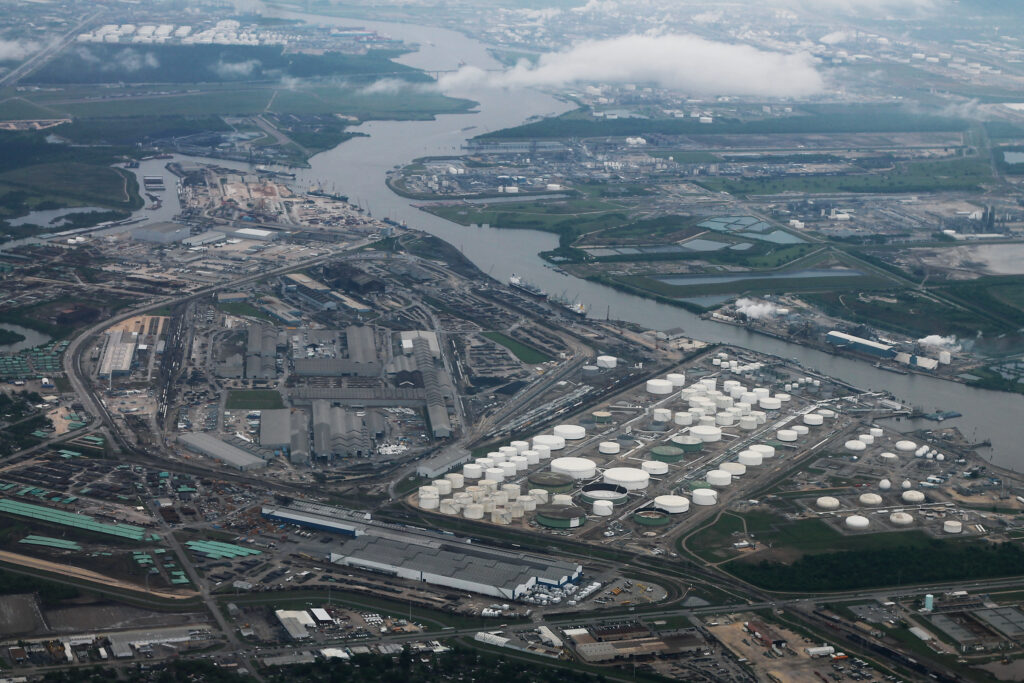
The Port of Houston, nestled along the Gulf Coast of Texas, is more than just a collection of docks and warehouses. It’s a bustling economic engine, playing a vital role in both national and international trade. Ranked as the busiest port in the United States by total tonnage handled, its strategic location and extensive infrastructure make it a critical link in global supply chains.
Strategically situated at the confluence of the Houston Ship Channel and Buffalo Bayou, the Port boasts access to deep water channels capable of accommodating massive cargo vessels. This geographic advantage allows for efficient movement of goods from across the globe, connecting Texas with markets as far afield as Asia, Europe, and South America.
The Port’s expansive capacity is a testament to its ongoing development and commitment to meeting evolving trade demands. With over 200 private and public terminals spread across 25 miles of waterfront, it handles an astonishing variety of cargo, including crude oil, refined petroleum products, chemicals, grain, automobiles, and consumer goods. Its annual tonnage exceeds 250 million tons, underscoring its significant contribution to the US economy.
Beyond its sheer size, the Port of Houston distinguishes itself through continuous investment in modern infrastructure. Advanced container cranes, automated cargo handling systems, and robust intermodal connections with rail and trucking networks ensure seamless movement of goods throughout the supply chain. These ongoing improvements further solidify the Port’s position as a premier gateway for international trade.
The Port of Houston stands as a testament to the power of strategic location, innovative infrastructure, and collaborative partnerships. Its relentless pursuit of excellence ensures that it remains a vital artery for global commerce, driving economic growth and connecting businesses across continents.
